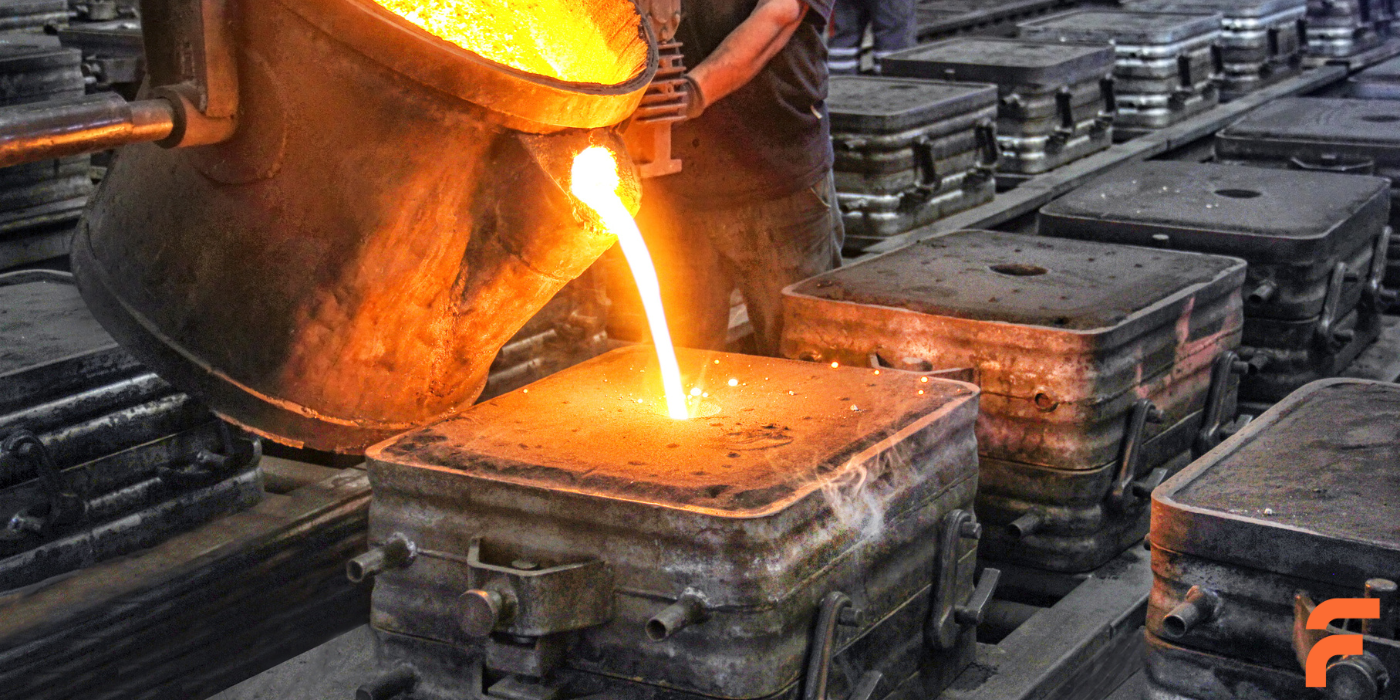Sand casting process is a fundamental and widely utilized process in the foundry industry, offering flexibility and cost-effectiveness for producing complex metal parts.
Understanding Sand Casting Process
Sand casting involves creating a mold from a sand mixture and pouring molten metal into the mold cavity to form the desired shape. This method is particularly advantageous for producing complex parts and large components with diverse applications.
The Sand Casting Process: Step-by-Step
1. Pattern Making
The process begins with creating a pattern, an exact replica of the final product. Patterns can be made from wood, plastic, or metal and must account for the material’s shrinkage during cooling to ensure dimensional accuracy.
2. Core Making
For parts that require internal cavities or hollow sections, cores are essential. These are sand structures placed inside the mold to form the necessary voids within the casting.
3. Mold Making
Mold making involves forming a sand mold around the pattern. This is typically done in two halves, known as the cope (top half) and drag (bottom half). The pattern is placed in a flask, and sand mixed with a binding agent is packed around it. The pattern is then removed, leaving a cavity in the shape of the part.
4. Melting and Pouring
Metal is melted in a furnace until it reaches a molten state. The type of furnace used, such as electric arc, induction, or cupola, depends on the metal being cast. The molten metal is then carefully poured into the mold cavity, ensuring it fills the entire space without creating defects.
5. Cooling and Solidification
After pouring, the molten metal cools and solidifies within the mold. Proper control of the cooling rate is crucial to avoid defects like porosity, shrinkage, and cracks.
6. Shakeout and Cleaning
Once the metal has solidified, the mold is broken open in a process called shakeout. The sand is removed, and the cast part is extracted. Any remaining sand or material is cleaned off, often through methods like shot blasting or chemical cleaning.
7. Finishing and Inspection
The cast part undergoes various finishing processes to achieve the desired surface finish and dimensional accuracy. These processes may include grinding, machining, heat treatment, and surface coating. The final step is inspection, where the part is examined to ensure it meets all specifications. Inspection methods can include visual checks, dimensional measurements, and non-destructive testing techniques like X-rays or ultrasonic testing.
Advantages of Sand Casting
- Versatility: Sand casting can be used to create complex shapes and large components that would be difficult to produce using other methods.
- Cost-Effective: The process is economical, especially for small batch production and prototyping, due to the low cost of sand and tooling.
- Material Variety: Sand casting is suitable for a wide range of metals, including both ferrous and non-ferrous alloys.
- Scalability: This method can produce parts in various sizes, from small components to large industrial parts.
- Flexibility: Sand casting allows for design flexibility and the ability to produce intricate details and complex geometries.
Conclusion
Sand casting remains a vital process in the manufacturing industry, offering a blend of versatility, cost-effectiveness, and adaptability. By understanding the detailed steps involved and the inherent advantages, manufacturers can leverage sand casting to produce high-quality metal parts that meet diverse industrial needs.





